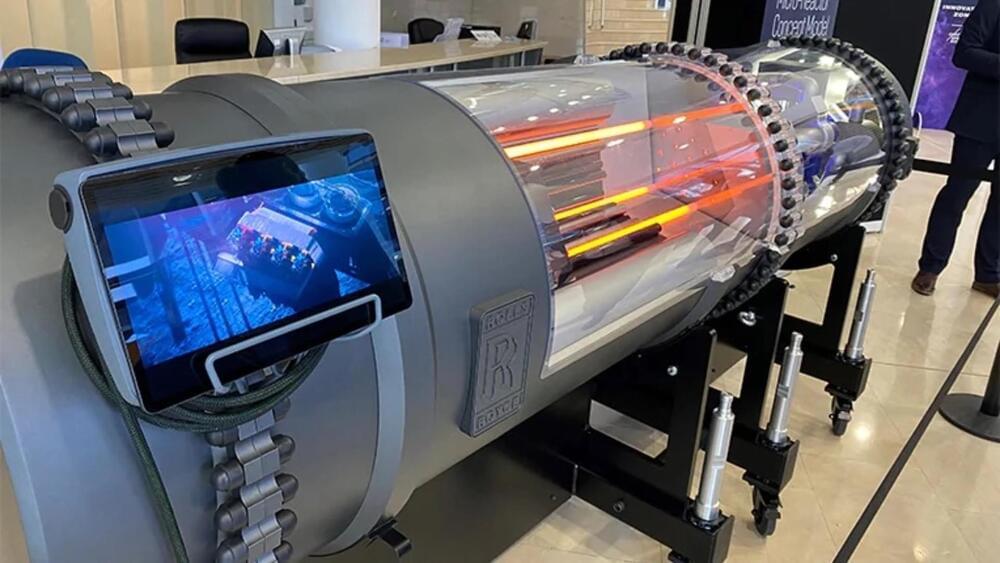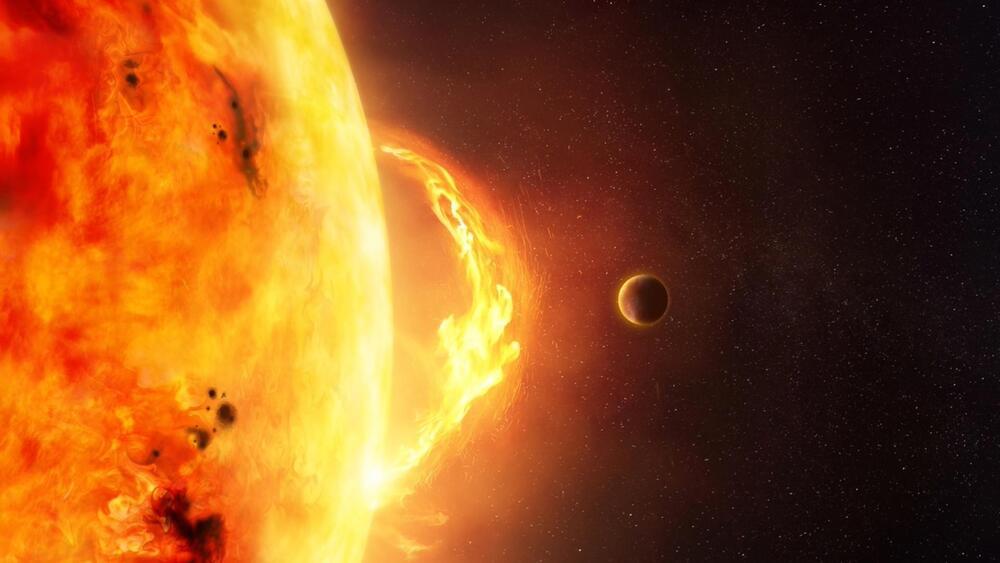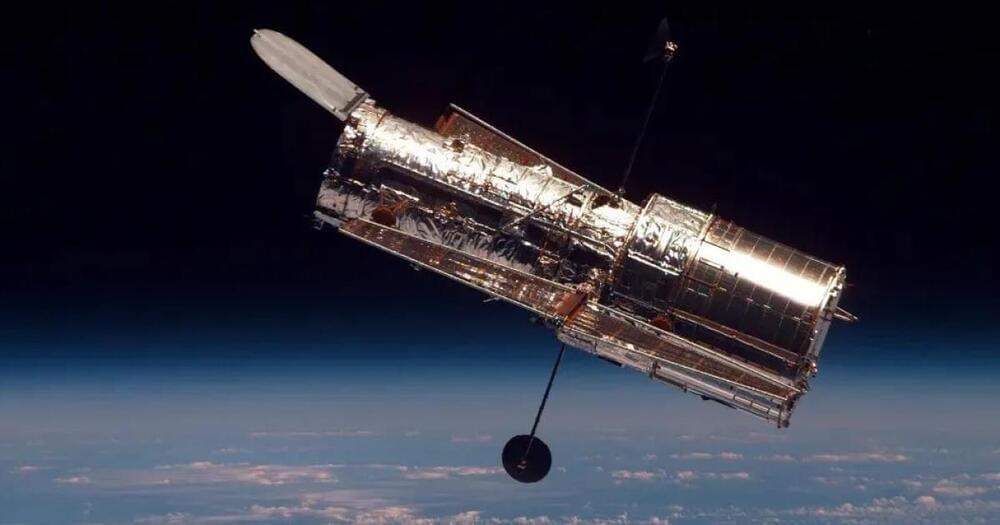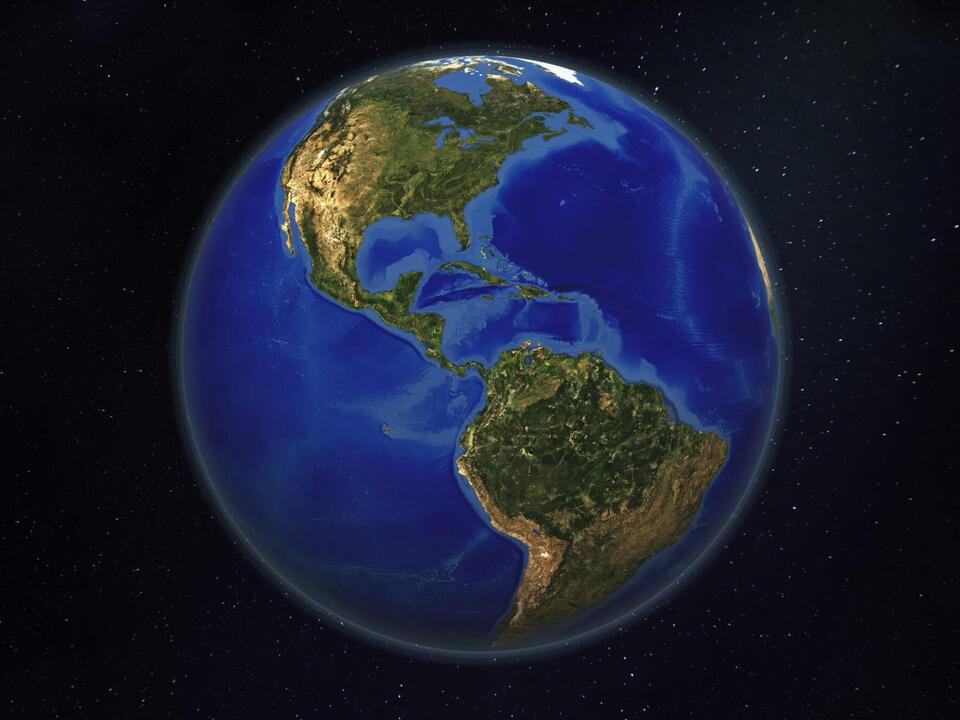Rolls-Royce displayed a conceptual model design of a nuclear Space Micro-Reactor at the UK Space Conference that may one day power Moon settlers.



“One in a million is not zero.” If you’re unfamiliar with the story of how New York Times bestselling author, Columbia University professor of engineering an…

A recent study published in Nature Astronomy uses a new method to challenge previous studies regarding the discoveries of the first exomoons around two exoplanets, Kepler-1708b and Kepler-1625b, located approximately 5,436 and 7,534 light-years from Earth, respectively. This study was conducted by researchers at the Max Planck Institute for Solar System Research and the Sonnenberg Observatory and holds the potential to develop new observational methods in identifying and confirming the existence of exomoons throughout the cosmos.
Artist illustration of an exomoon orbiting a gas giant. (Credit: NASA/JPL-Caltech)
“Exomoons are so far away that we cannot see them directly, even with the most powerful modern telescopes,” said Dr. René Heller, who is an astrophysicist at Max Planck and lead author of the study.

Scientists have developed a model to better understand the physics of the powerful superflares emitted by stars far beyond our solar system.
Solar flares, which are rapid and strong bursts of energy and radiation that originate from the Sun’s surface, are known to be emitted into space by our Sun.
NASA’s Kepler and TESS missions, however, have discovered several stars may produce superflares that are 100–10,000 times brighter than those emitted by our Sun.

The Hubble Space Telescope recently suffered a glitch that made it go into safe mode, so it has not been collecting new science data since November 23. But on Friday, December 8, NASA will attempt to get the telescope up and running again by tweaking the operation of one of its three gyros.
The gyros are responsible for keeping the telescope pointed in the right direction, and an error in one of them put the telescope into safe mode to prevent any damage occurring to its hardware. Although it is theoretically possible for the telescope to operate with just one gyro, this would be less efficient and observing time would be lost as it would take longer for the telescope to switch between targets. So ideally, all three gyros can be operational.
The problem with the telescope was first shared on November 29, when NASA announced it was performing tests to understand the issue. Now, the tests are complete and NASA plans to resume operations. “After analyzing the data, the team has determined science operations can resume under three-gyro control,” NASA wrote in a new update. “Based on the performance observed during the tests, the team has decided to operate the gyros in a higher-precision mode during science observations. Hubble’s instruments and the observatory itself remain stable and in good health.”

The young man quickly replied, “Aliens will never invade Earth because it’s trash.”
“Total trash,” his sister confirmed.
They seemed as sure of that as the sun rising in the East and setting in the West. To them, our planet has become nothing more than a cosmic landfill in our galaxy, populated with the worst that humanity can offer. Aliens, they assured me, would no more come here than we would jump into a vat of raw sewage.

This new Picture of the Month from the NASA/ESA/CSA James Webb Space Telescope reveals intricate details of the Herbig Haro object 797 (HH797). Herbig-Haro objects are luminous regions surrounding newborn stars (known as protostars), and are formed when stellar winds or jets of gas spewing from these newborn stars form shockwaves colliding with nearby gas and dust at high speeds.
HH 797, which dominates the lower half of this image, is located close to the young open star cluster IC348, which is located near the eastern edge of the Perseus dark cloud complex. The bright infrared objects in the upper portion of the image are thought to host two further protostars.
This image was captured with Webb’s Near-InfraRed Camera (NIRCam). Infrared imaging is powerful in studying newborn stars and their outflows, because the youngest stars are invariably still embedded within the gas and dust from which they are formed. The infrared emission of the star’s outflows penetrates the obscuring gas and dust, making Herbig-Haro objects ideal for observation with Webb’s sensitive infrared instruments.

